Best cameras for beginners
Five brilliant buys for budding photographers, from budget to blow-out
From cancelled weddings and sporting events to closed theatres, the pandemic has drastically reduced the opportunities for photography. However, with the rollout of vaccines suggesting that normal life might be able to resume within the next few months, dedicated enthusiasts will already be making plans, as well as updating their kit.
If you are thinking about picking up a new camera, then the Sony A6600 is worth considering. It is the high-end sibling of the A6400 and A6100, and was first released at the end of 2019, but it is still state-of-the-art when it comes to “prosumer” cameras (those aimed at both consumers and budget-conscious professionals).
Like the A6100 and A6400, the A6600 is an APS-C crop-sensor camera, a compromise that allows the camera body and lenses to be smaller than those with a “full frame” sensor, but still delivers low-light picture quality that is far better than you’d get on a smartphone.
The Week
Escape your echo chamber. Get the facts behind the news, plus analysis from multiple perspectives.

Sign up for The Week's Free Newsletters
From our morning news briefing to a weekly Good News Newsletter, get the best of The Week delivered directly to your inbox.
From our morning news briefing to a weekly Good News Newsletter, get the best of The Week delivered directly to your inbox.
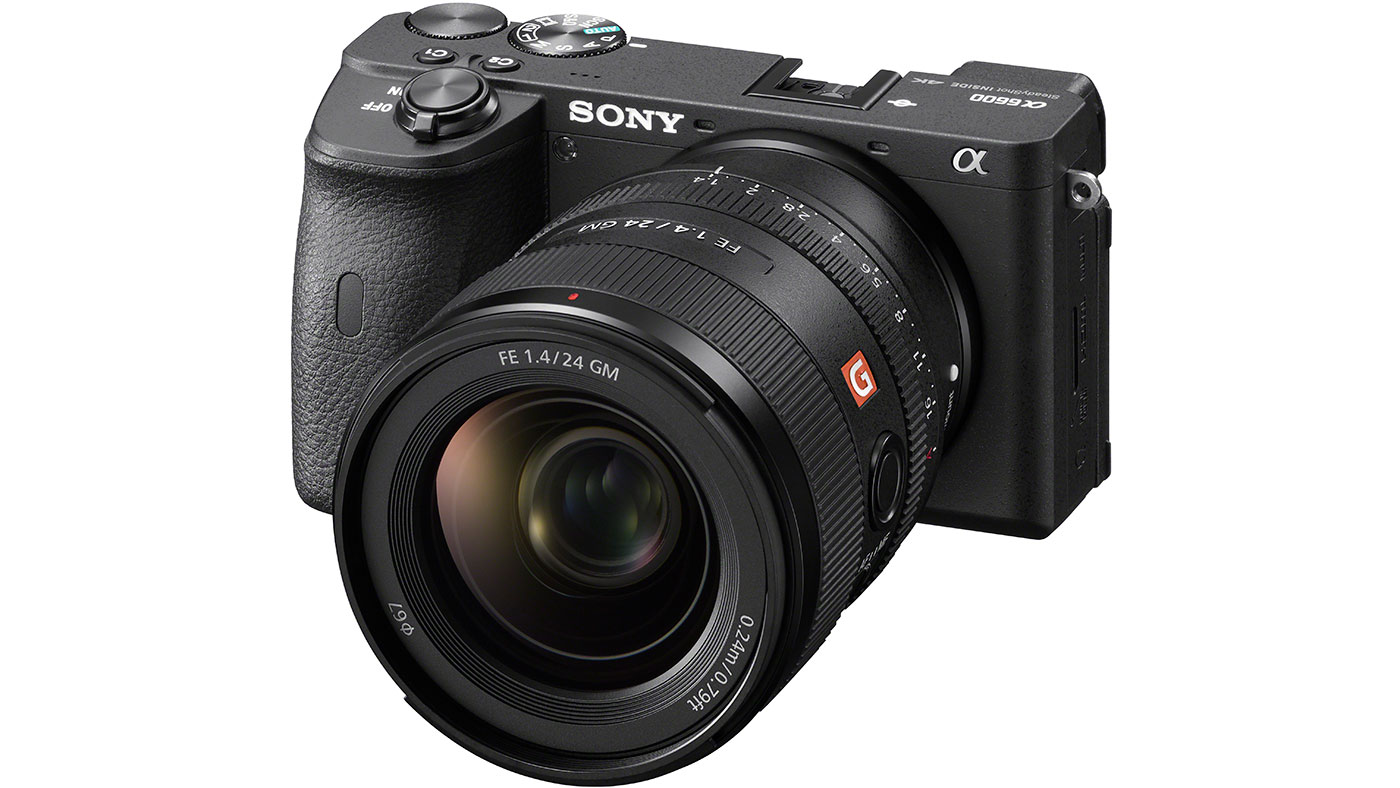
It also has Sony’s excellent autofocus system, which allows the user not only to track moving objects with a high degree of precision, but also automatically focus on the eyes of both people and animals – useful for sports photography and portraits. It also comes with an electronic shutter option (which allows you to take photos silently) and unlimited recording of high-quality 4K video footage.
An end to shutter shake
The standout feature of the A6600 is its in-built image-stabilisation feature. This means that you are able to take pictures at much lower shutter speeds without the picture being spoilt by shutter shake. This is especially useful given that many lenses don’t come with their own in-body stabilisation and hence there is a need to keep shutter speeds low to let in more light.
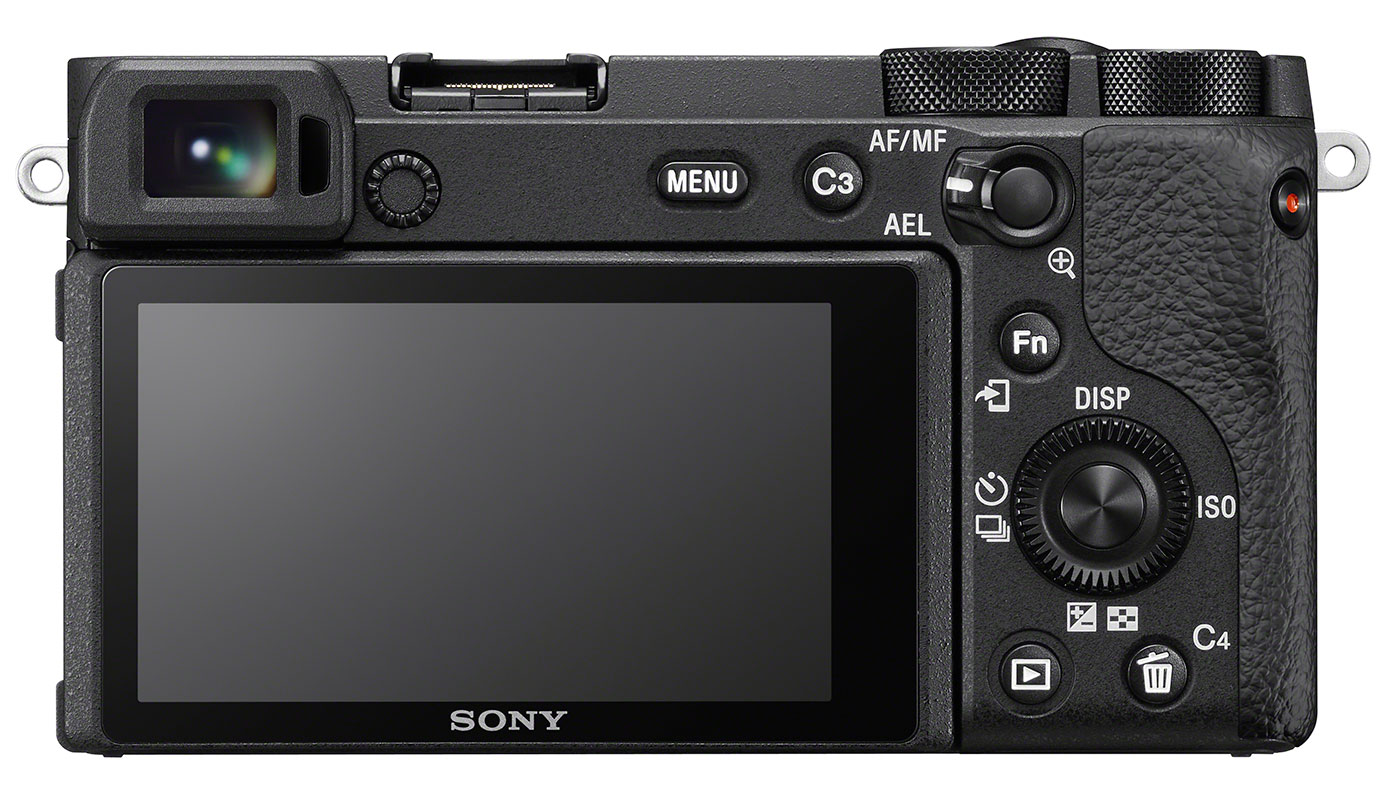
Another innovation is a vastly improved grip. This may seem like a minor development, but it makes it much easier (and more comfortable) to hold the camera for extended periods, even for huge lenses really intended for larger cameras, such as the FE 24-70mm F2.8 GM. The battery life is also truly outstanding.
A free daily email with the biggest news stories of the day – and the best features from TheWeek.com
The Sony’s rangefinder style, where the viewfinder is to the side of the lens, may not be to everyone’s taste; the fast shooting speed only lasts for a few seconds before slowing down, due to the size of the camera’s buffer; and there is no flash. The flagship status is also reflected in the price, which is higher than that of the A6400 and A6100. Still, the photos I took in a theatre earlier this year came out well. I also enjoyed using it to take picture of birds and squirrels in a local park, especially when coupled with the 18-135mm lens.
The Sony A6600 is available from sony.co.uk for £1,450 for the body alone, or £1,800 with the 18-135mm lens.
This article was originally published in MoneyWeek

-
 Political cartoons for January 4
Political cartoons for January 4Cartoons Sunday's political cartoons include a resolution to learn a new language, and new names in Hades and on battleships
-
 The ultimate films of 2025 by genre
The ultimate films of 2025 by genreThe Week Recommends From comedies to thrillers, documentaries to animations, 2025 featured some unforgettable film moments
-
 Political cartoons for January 3
Political cartoons for January 3Cartoons Saturday's political cartoons include citizen journalists, self-reflective AI, and Donald Trump's transparency
-
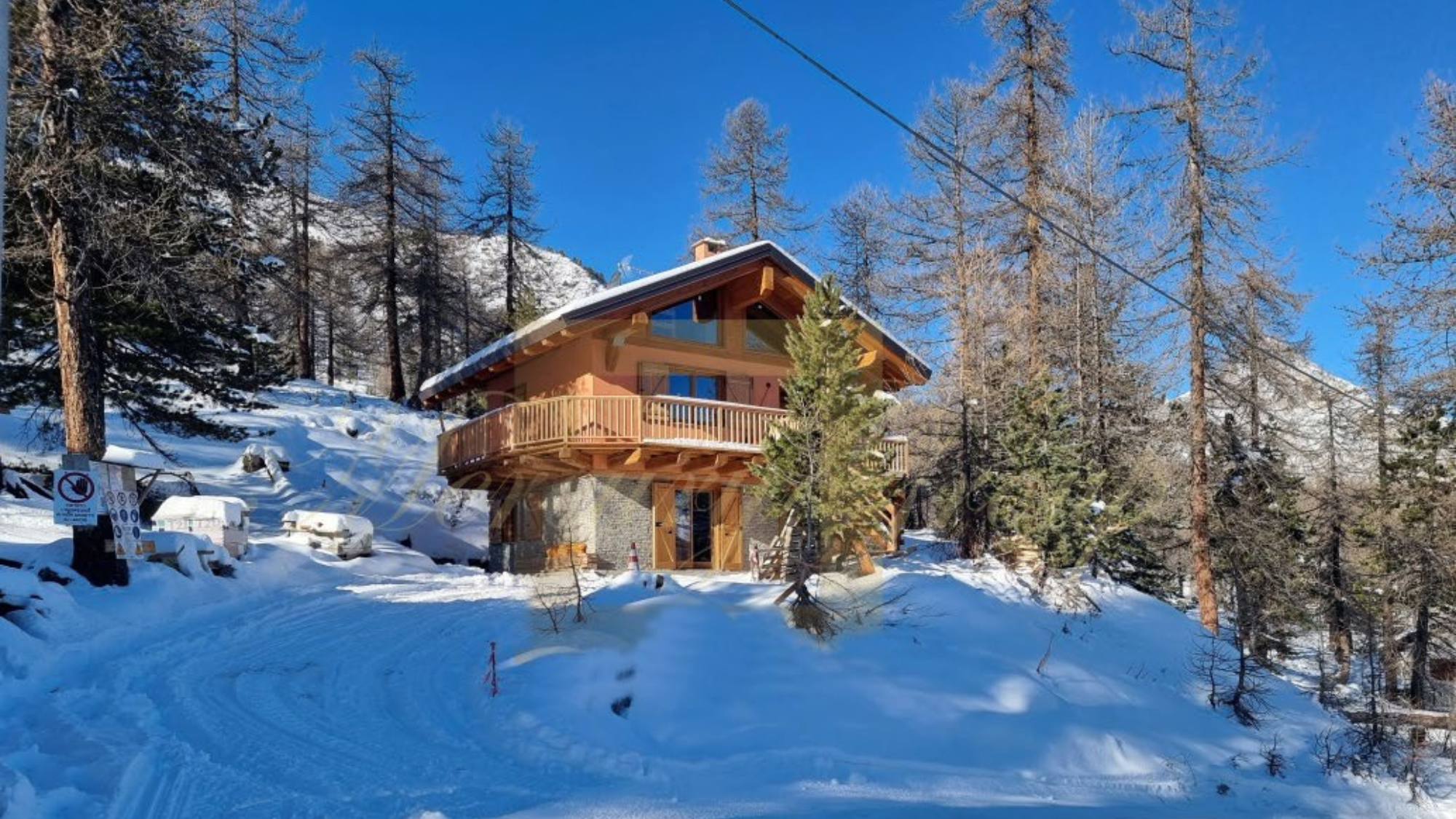 Properties of the week: covetable ski chalets
Properties of the week: covetable ski chaletsThe Week Recommends Including homes in Verbier, Haute-Savoie and Monti della Luna
-
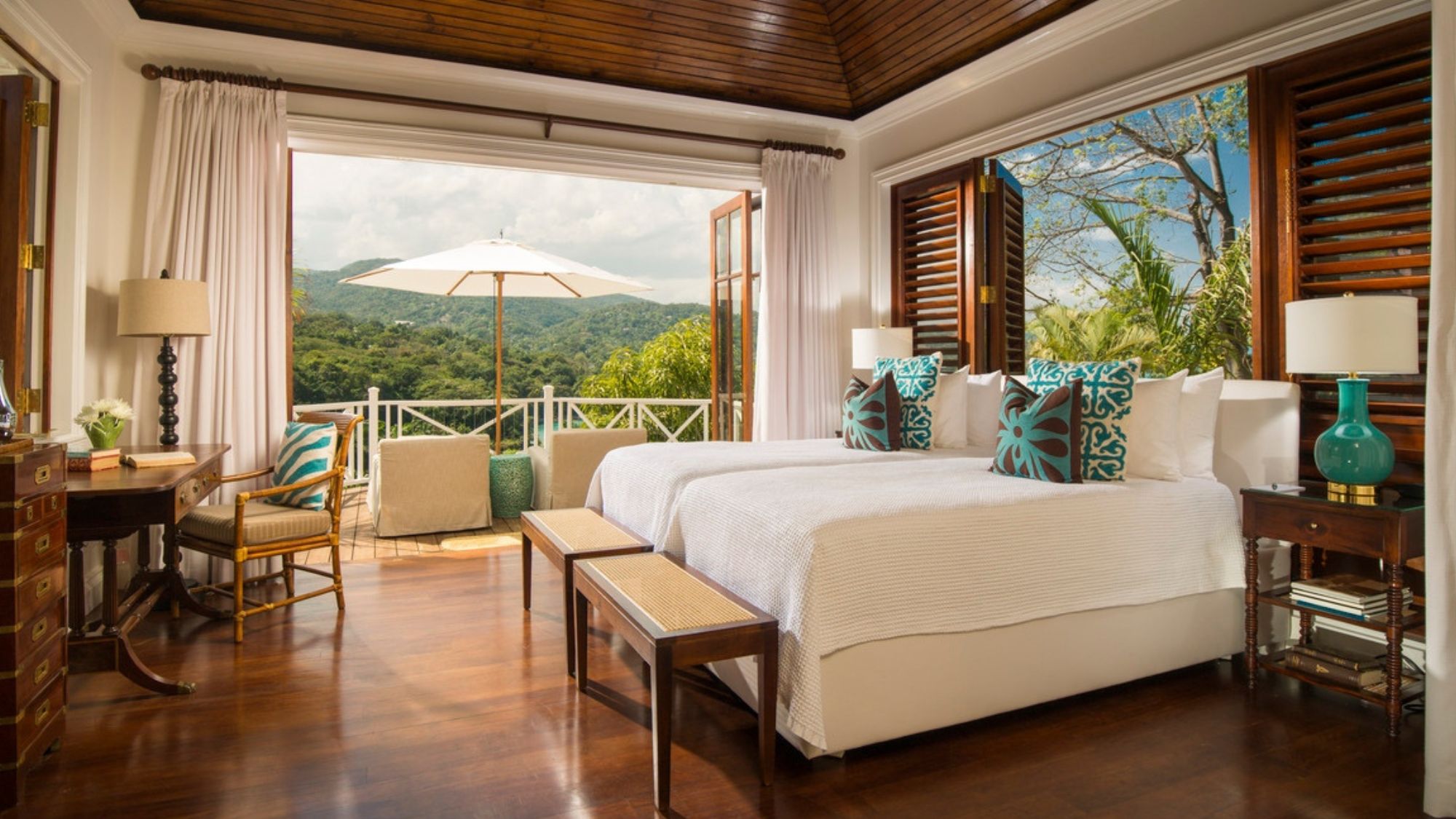 Best new hotels and places to stay in 2024
Best new hotels and places to stay in 2024The Week Recommends Featuring stylish island resorts, historical properties and wilderness retreats
-
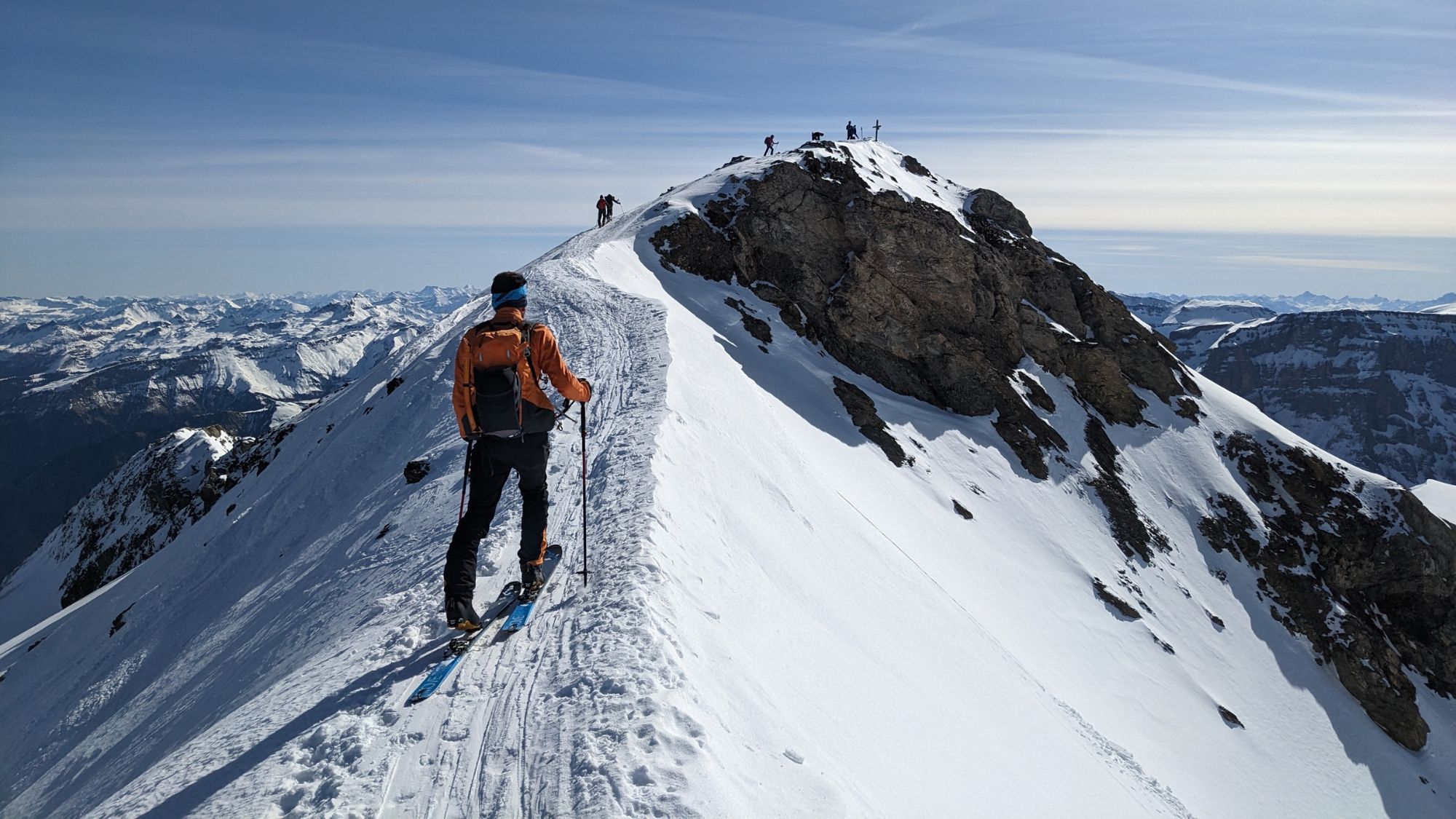 An Alpine ski tour from Andermatt to Engelberg
An Alpine ski tour from Andermatt to EngelbergThe Week Recommends The Urner Haute Route features some of the wildest terrain in the Alps
-
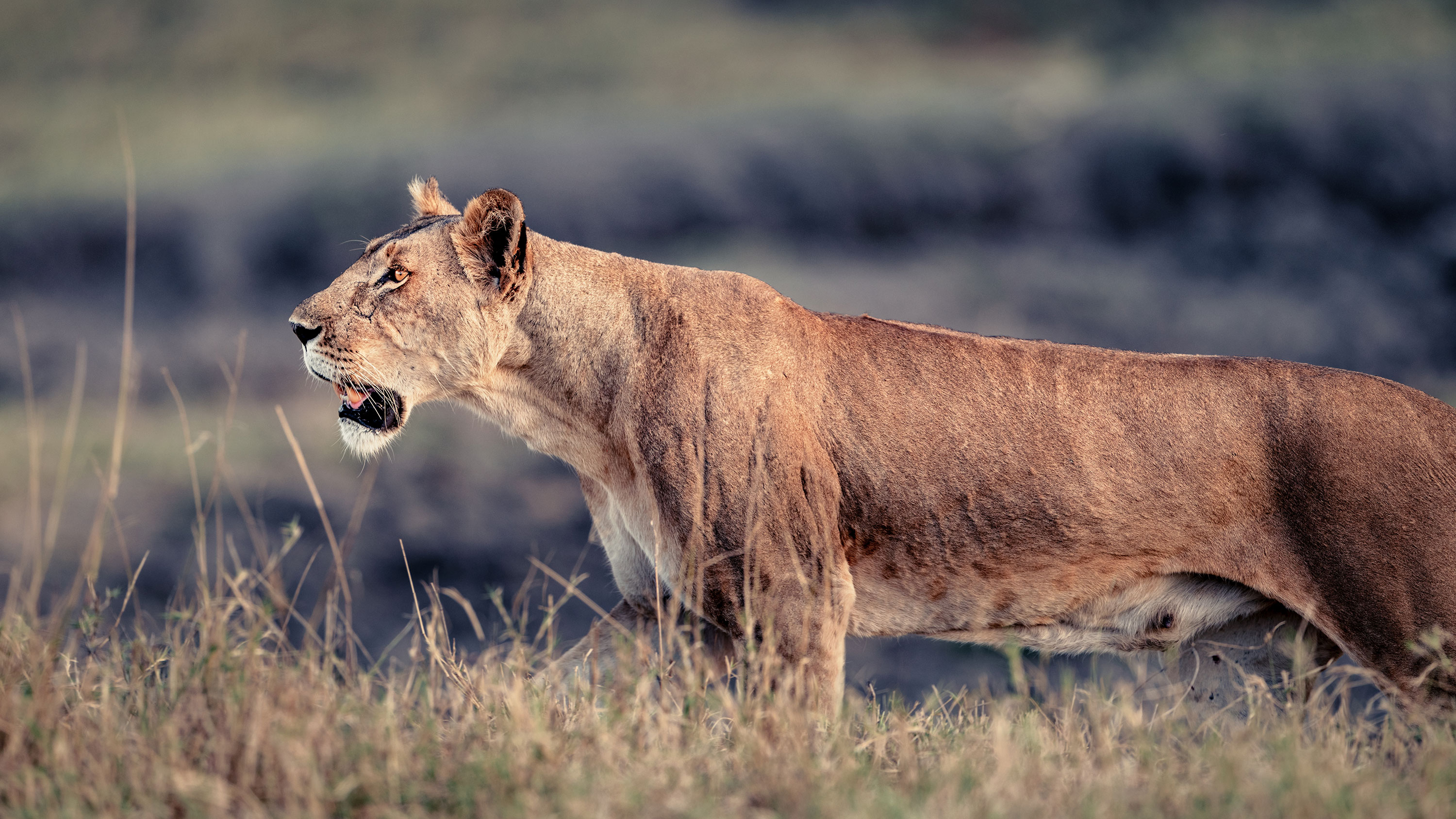 The 2024 travel bucket list
The 2024 travel bucket listThe Week Recommends Best holidays, adventures and experiences to book in 2024
-
 Luxury in Lapland: how to meet Santa in style
Luxury in Lapland: how to meet Santa in styleThe Week Recommends From husky sleigh rides and tobogganing to searching for Father Christmas on a snowmobile
-
 Island hopping in the Caribbean
Island hopping in the CaribbeanThe Week Recommends Barbados and Grenada offer different perspectives on paradise
-
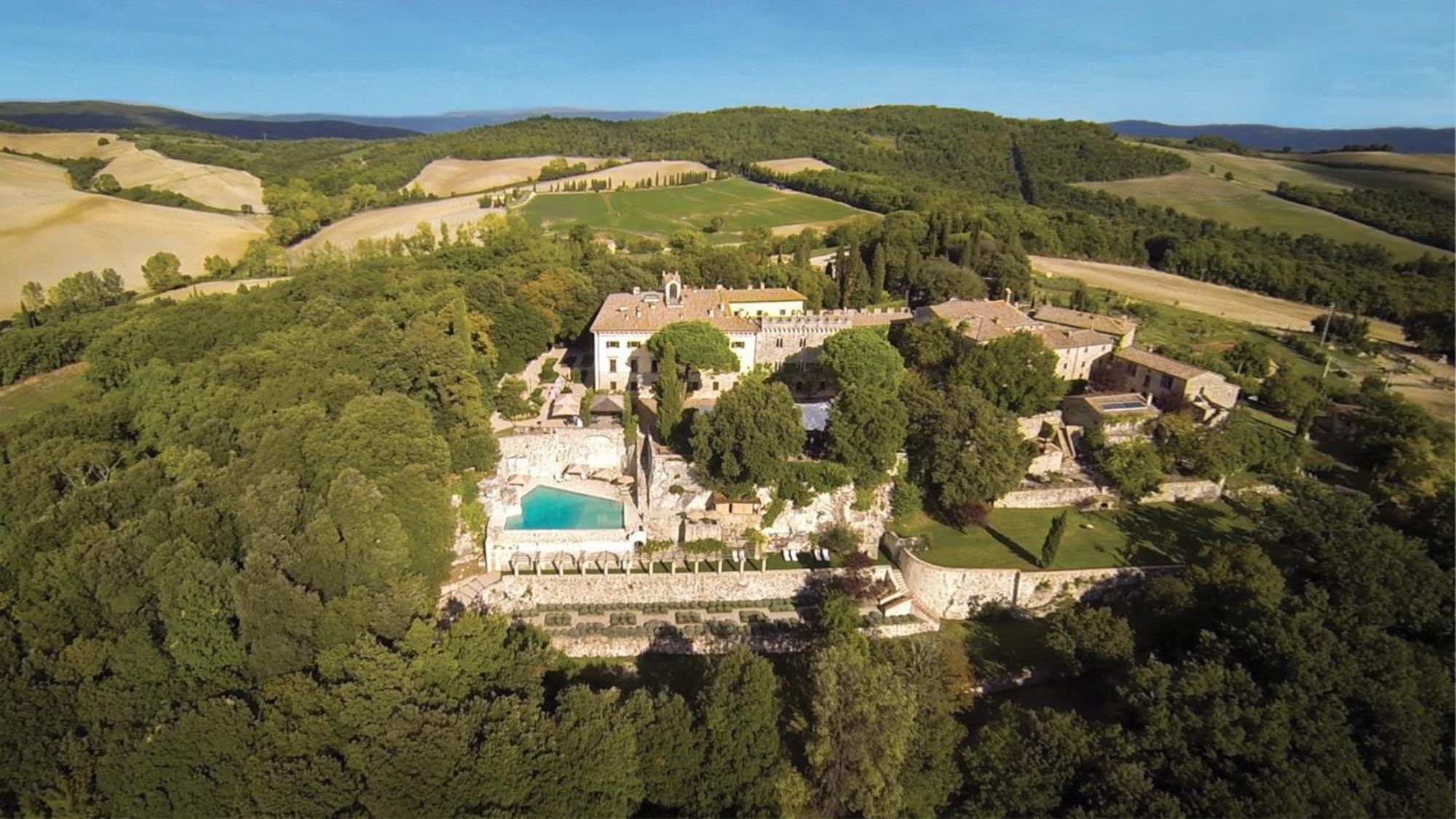 Borgo Pignano review: a taste of Tuscan tradition and nature
Borgo Pignano review: a taste of Tuscan tradition and natureThe Week Recommends Enjoy a retreat-like experience that's as relentlessly authentic as it is luxurious
-
 Finca Cortesin review: teeing off in style in Andalucia
Finca Cortesin review: teeing off in style in AndaluciaThe Week Recommends Pristine golf meets beach and spa paradise at the Solheim Cup host venue